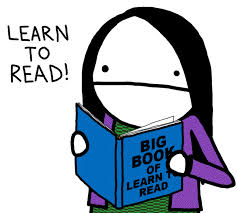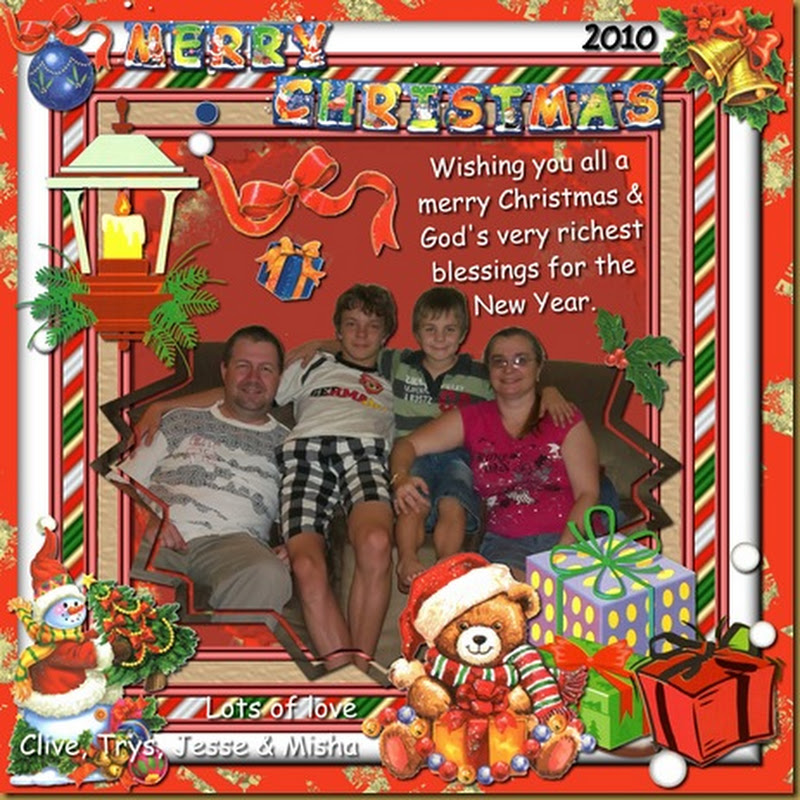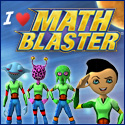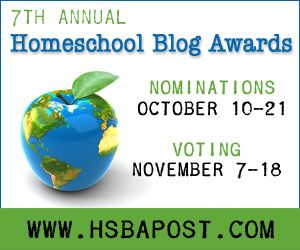by Candace Allgood

C-A-T spells cat, but it might as well be written in Spanish or Greek for beginner readers who don’t understand how the letters work together—yet.
Teaching a child to read can be one of the most exciting times in your homeschool adventure, or it can be one of the most frustrating. Each child has his own learning style, and while one might pick up on reading quickly, it might take another child months, or longer. The waiting and wondering of “when will they ever get this?” can be frustrating, not only for you, but for your child as well.
When my oldest son was 2 years old, he could name the ABC’s and tell you a word that began with each letter. Much to our surprise, when he was 3½ years old he opened a Dick and Jane book he received and started reading it!
Fast forward a couple of years: His younger sister and brother were not anywhere as close to reading the same book at that age. Did I do something wrong? Is something wrong with them? No. Rather, there were certain things that over time, without my realizing it, had helped my son learn to read—without my trying to teach him.
1. Begin With the Basics
Before a child can learn to read, he needs to have a firm grasp on the letters and letter sounds. One learning tool I highly recommend is a large foam ABC puzzle mat, which enables children to see the letters, feel them, trace them, and sit and stand on them. Another inexpensive option is lap-sized ABC foam puzzles, often found at dollar stores.
Many games can be played with these mats, and they aren’t just for toddlers. Let’s explore options for reinforcing knowledge of the letters and the sounds they make.
• Sing the ABC Song
Begin assembling your puzzle mat, and as you join the pieces together, sing the ABC song. You might be singing slowly, but singing the letter as you place it on the floor will begin to establish a relationship between the letter name your child hears with the letter he sees.
Once your puzzle mat is pieced together, hold hands with your child and begin to sing the ABC song with him once more. As you sing each letter, step onto the relating letter on the puzzle. So now, not only is the child beginning to learn the alphabet in sequence by singing the song, but he also is visually seeing the differences between the letters as his feet move—each time he hears the name of a different letter.
• Learn Letter Sounds
After your child learns to identify the letters, you can begin introducing the sound each letter makes. Standing on your puzzle and starting with A, say the letter name, followed by the sound, and end by speaking a word that begins with that letter. Example: “P, (p sound), panda,” or “C, (c sound), cat.” Be sure to use words that your child relates to. With our son, we used words such as dog, truck, fire truck, etc. . . .
• Name that letter!
A fun game you could play is for you to say a word and have your child listen closely to distinguish the first letter sound. For instance, when you hear a fire truck race by, you might call out excitedly: “I hear a fire truck! What letter does fire truck start with?”
Walk through your house on a “Sound Mission.” Beginning with A, talk about the sounds A makes and then try to find at least three items that begin with the letter A. Note: This letter has more than one sound, so choose one of the sounds and try to find objects that start with either the short vowel sound (e.g., apple, applesauce, alligator) or the long vowel sound (e.g., apron, acorn, ape). After the child demonstrates his ability to correctly identify one of the letter’s sounds, then introduce the second sound made by that letter, in order to avoid confusion.
• The Missing Letter
I mentioned that we bought a puzzle with removable letters, and this was important because we could learn to recognize the way letters look. Removing all of the letters from their puzzle block, I would hold up a letter and ask my child if he knew which letter I had in my hand. Before placing the letter in its block, we discussed what sound the letter made, sometimes we traced the letter with our hands, and we would think of words beginning with that letter.
• Read, Read, and Read Some More
From infancy, we read to our son. Not only would we read the books, but we also would point to the pictures as we read. I would also point to each word as I read it aloud. Of course, a baby or toddler does not understand the word you are pointing to, but you are laying a foundation for future understanding as you do this. The same holds true for older children/beginner readers.
As you point to the words, your child begins to realize that we read from left to right. He will begin to see how each word you speak is represented by a unique combination of letters, on paper. Words such as a, the, or and will become sight words in his vocabulary, i.e., words he recognizes immediately by sight (without decoding the word, letter by letter or syllable by syllable).
If possible, try to find books whose illustrations are displayed above the words. The beginner reader books give children a sense of accomplishment, even if they are just “reading” the pictures. Find ways to encourage confidence in your child, as this will have such a positive impact on them.
2. Sounding the Syllables
Once your child can confidently identify the letters and letter sounds, have fun learning to read actual words. One activity to encourage three-letter word recognition would be to create word cards. Cut cardstock into 2-inch by 3.5-inch rectangles, as well as 3.5-inch by 5.5-inch rectangles. On the smaller cards, write the consonants, B through Z, in colored letters. On the larger cards, write suffixes, such as -at, -an, or -ar, on the right side of the card in black letters, leaving enough room for a beginning consonant letter card to be placed beside it, on the left side. By making the beginning letters different colors and writing all the suffixes in black, your child can learn to recognize the suffixes as ending sounds that are always the same.
Example: Cat
Begin by introducing the -at card. Point to the -a and ask your child if he remembers what sound this letter makes. Once he says the correct sound, move along to the t sound. Slowly start saying the two sounds, one at a time, repeating the sounds time and time again, getting a little faster each time. Can the child hear the sound the two letters make together? Allow him time to think and process the sounds, and if you see your child needs a little help, say the two letters blended together slowly until he can discern the combined sound.
What’s next? Lots of cheering! Praise your child for reading the -at sound, and let him know that this puts him even closer to the goal of reading words!
Now the fun part is adding the consonant at the beginning. Hold up your C card and ask your child if he can tell you what letter he sees. What sound does the letter C make? Once he has identified the correct sound, place the C card on the left-hand side of your suffix card. Pointing to each letter, say each sound individually. Repeat this over and over, getting a little faster each time, and begin to blend the sounds together.
Can your child put together the sounds and answer “cat” yet? If not, don’t get frustrated; keep pointing and saying the letter sounds together. There may be days when your child tires out and gives up. At this point, reassure him that he is doing a great job, and step in with the correct word. Does this mean you can move on? Not really. Go back and let your child break apart the word a few more times by himself, reinforcing what he has learned.
“Cat! You just read the word cat all by yourself! Great job, I am so . . . proud of you!” would likely be something you would hear coming from my mouth. For struggling readers, you just can’t underestimate the power of praise; it is a crucial element of your child’s success.
Suffix Families
So now that we have learned to read our first word, let’s see what other words we can learn. Without adding any other cards yet, begin talking about which words rhyme with cat; bat, fat, hat, mat, pat, rat, and sat all rhyme with cat, but why?
Say a few of these words together: cat/rat; cat/hat; cat/mat. Each word has the same -at sound at the end, doesn’t it? Refer back to your “cat” word card. Point to the C and make the letter sound, and then point to the -at and make this suffix sound.
Let’s see what happens when we take away the C card, and put the B card in its place. What sound does the letter B make? What happens when we put that B sound in front of the -at sound? What word do you think this makes? “B-at, b-at, b-at,” you say, faster and faster together until your child’s eyes light up and it clicks: “This is the word bat!”
You might find that you are now able to go through all of the -at word possibilities and your child reads straight through them, or you might struggle through each one. My biggest suggestion would be to relax and keep this as much of a game as possible. It will click one day, and sooner than later if your child enjoys what he is working on. One other word of advice would be to practice these cards daily for at least an entire week. Don’t be surprised if your child breezed right through the words on Day 1, only to be back at the beginning of the learning process the next day.
To keep the fun in this activity for the full week, vary your teaching methods. One day you could look for -at words around your home, and upon finding them, sound them out together and then see if you can determine which letters build the word, based on their sounds.
Another option would be to draw pictures of the -at words on paper, with two of the three letters written beside each picture. Your child will need to sound out the name of the object in the picture in order to discover which letter is missing in the word.
These are simple activities that one might feel are too simple to be effective, but when carried out slowly with lots of excitement and enthusiasm on the parent’s part, children are put at ease and are in a better position to learn. At the end of the week, have fun writing your -at words on sticky notes, and then race to see how quickly your child can read a word (written on a sticky note) and place it on the correct item. Speedy reading!
 Mrs. Candace is a former preschool teacher turned homeschooling mother to four young children, as well as founder of Sonbeams, a Christian-based company offering families learning resources based on the Word of God. For more information about homeschool materials and KJV Bible resources, visit www.Sonbeams.com.
Mrs. Candace is a former preschool teacher turned homeschooling mother to four young children, as well as founder of Sonbeams, a Christian-based company offering families learning resources based on the Word of God. For more information about homeschool materials and KJV Bible resources, visit www.Sonbeams.com.
Copyright 2011, used with permission. All rights reserved by author. Originally appeared in the Fall 2011 issue of The Old Schoolhouse® Magazine, the trade magazine for homeschool families. Read the magazine free at www.TOSMagazine.com or read it on the go and download the free apps at www.TOSApps.com to read the magazine on your mobile devices.


























No comments:
Post a Comment